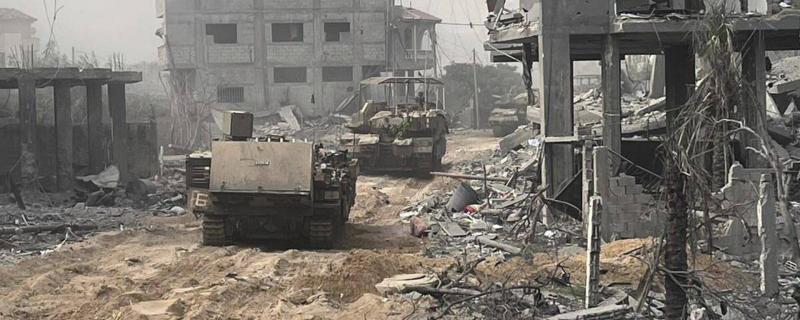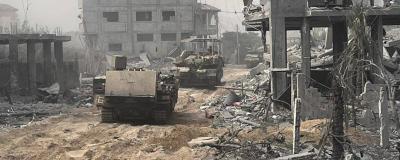The truce between Israel and Hamas in Gaza has been extended for two more days, making it six days in total, with humanitarian agencies taking advantage of the ceasefire to increase aid delivery to the besieged region. Under the terms of the truce agreement, more aid is flowing into Gaza, and the first shipment has been sent to the northern part of the strip, providing relief to residents who have been deprived of external assistance for over a month due to the Israeli military campaign. However, aid agencies state that the quantity of aid is not sufficient to meet the needs of the population in the region. The World Health Organization has warned that diseases could claim more lives than those killed by bombings. The World Food Programme has asserted that "six days of truce are not enough to make any tangible impact." Below is a detailed account of the humanitarian situation in the region:
*Displacement:*
Estimates suggest that approximately 1.8 million of the 2.3 million residents of Gaza have been displaced from their homes. The UN Office for the Coordination of Humanitarian Affairs reports that nearly one million of those are taking refuge in buildings run by the UN Relief and Works Agency for Palestine Refugees in the Near East (UNRWA), with at least 156 shelters in total. These shelters are severely overcrowded, exceeding their capacity by more than four times, as tens of thousands of civilians have fled to the southern part of the strip to escape the intensified Israeli bombing recently.
*Hospitals:*
The World Health Organization states that nearly three-quarters of the hospitals in Gaza, or 26 out of 36 hospitals, have completely ceased operating due to bombings or fuel shortages. Most hospitals in northern Gaza are out of service. The UN Office for the Coordination of Humanitarian Affairs reports that aid groups have evacuated patients and healthcare workers from some of these hospitals during the ceasefire, with more evacuations scheduled for the coming days. The World Health Organization has also taken advantage of the truce to transfer thousands of vaccines at risk of spoilage from northern Gaza to the southern part of the strip.
*Aid Delivery:*
The Rafah crossing between Gaza and Egypt has been opened, allowing limited aid to enter since October 21, while all other crossings with Gaza remain closed. Approximately 200 trucks have been entering Gaza daily since the start of the truce to deliver aid, more than double the previous average. The French Defense Minister announced that a French warship has docked in Egypt and may begin treating injured children from Gaza later this week. Aid distribution has accelerated in areas south of Wadi Gaza during the truce. However, relief agencies are calling for the opening of more crossings to meet the needs of the population, which the UN Office for the Coordination of Humanitarian Affairs describes as "immense." Cooking oil has been allowed into the strip during the truce, although the office has stated that queues extended for about two kilometers in Khan Yunis.
*Food and Water:*
The UN Office for the Coordination of Humanitarian Affairs reported that one bakery operated by the World Food Programme has resumed operations, allowing for bread provision to about 90,000 people in UN shelters in southern Gaza. Reports of drinking water shortages continue throughout Gaza, despite new supplies arriving under the terms of the truce. The World Health Organization indicates that the incidence rate of diseases among children aged five years and older has increased over 100 times beyond normal levels.
*Fuel:*
Under the terms of the truce, approximately double the amount of fuel (130,000 liters) is allowed to enter Gaza daily. The UN Office for the Coordination of Humanitarian Affairs states that essential service providers, including hospitals, water and sanitation facilities, and shelters for the displaced, continue to receive daily fuel supplies to operate electricity generators.




